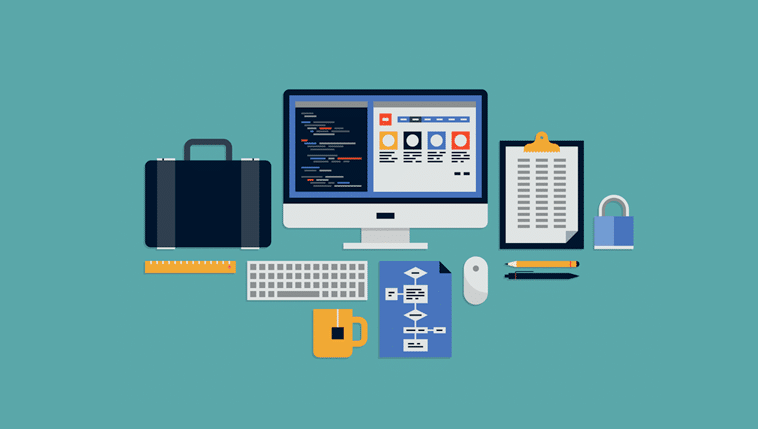
I have on several occasions briefly written about the popular automation tool called Zapier.
One of my favourite marketing tools out there.
This post is intended as a deep dive into this tool, which has helped me automate a wide range of repetitive tasks and has thus saved me a lot of time, which I’ve been able to use more efficiently in other areas.
What is Zapier?
Zapier is essentially an automation tool – but what does that mean?
It’s a tool that, through the integration of applications and services like Google Sheets, HubSpot, Dropbox, Gmail, and many more, can automate a wide range of tasks.
Through the platform, you create so-called “Zaps”; in other words, the tasks you want the platform to automate.
For example, let’s say a user fills out a contact form on your website.Your Zaps can be set to automatically create customer profiles, update Google Sheets, and send automated emails based on the information the user fills in on the contact form.
Zapier describes these Zaps as a kind of bridge between your apps, and it’s both simple and efficient to set up tasks through the platform.
Zaps more precisely describe which automations should take place through so-called “triggers,” which will trigger specific actions.
You can set criteria for when the trigger should be activated and in what cases the corresponding action should be executed.
Why I use Zapier
It’s no secret that I’m quite enthusiastic about Zapier and have used it to automate many of my own tasks.
For me, a big plus is that Zapier integrates with such a large selection of different applications and services that I use daily (currently, Zapier offers integration with up to 7,000 apps).
Additionally, Zapier has embraced the AI wave and integrated it into large parts of their platform.
Personalized AI content (emails, blog posts, etc.), to-do lists, and summaries from PDFs are just some examples of Zapier’s use of AI.
Personally, I’m excited about the development of using AI to automate tasks – in my view, it makes perfect sense for Zapier to invest in this form of technology.














Comments